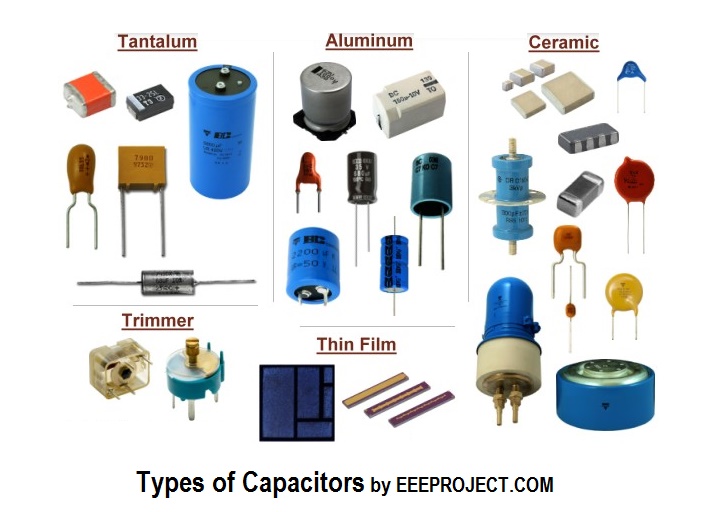The Complete Guide to Capacitors: From Fundamentals to Advanced Applications

About Course
Capacitors are everywhere—from the smartphones in your pocket to the satellites orbiting Earth. But how much do you really know about these essential components? The Complete Guide to Capacitors takes you on a deep dive into the world of capacitors, unraveling their principles, types, and vital role in modern electronics. Whether you’re a student, a hobbyist, or a working professional, this course will equip you with practical insights into both the science and the real-world application of capacitors.
This comprehensive course covers everything from the basic physics of capacitance to cutting-edge innovations in supercapacitors, energy storage, and miniaturized components for IoT devices. Learn how to select the right capacitor for your circuits, design robust power systems, and troubleshoot failures effectively. You’ll gain valuable skills not just in understanding how capacitors work—but in harnessing them to build smarter, more efficient electronic systems across industries.
Course Content
I. Introduction to Capacitors
What is a capacitor?
00:00Capacitance and its significance
00:00Types of capacitors and their characteristics
00:00Construction and components of capacitors
00:00Voltage ratings, temperature coefficients, and tolerance levels
00:00